24th Pursuit Group
3rd Pursuit Squadron
||
17th Pursuit Squadron
||
20th Pursuit Squadron
From '
Air Force Combat Units of World War II':
Constituted as 24th Pursuit Group (Interceptor) on 16 August 1941. Activated in the Philippine
Islands on 1 October 1941. Augmented by two attached squadrons (21st and 34th) and equipped with P-35
and P-40 aircraft, this group comprised the entire pursuit force in the Philippines in December 1941.
When enemy aircraft were reported to be approaching Luzon on the morning of 8 December (7 December
in the US), the 24th group attempted to intercept but failed because radar and visual sighting facil-
ities were inadequate. Later that day, after the group's planes either had landed for refueling or
had run so low on fuel that they could not fight, the Japanese attacked and inflicted heavy losses
on the organization. In the days that followed, the group's strength declined rapidly, but the 24th
flew some patrol and reconnaissance missions, engaged the enemy in the air, and attacked enemy airfields
and shipping. By late December the ground personnel were absorbed by infantry units and some pilots
were evacuated to Australia. One of these pilots was Lt. Boyd D. 'Buzz' Wagner, who already had become
the first AAF ace of World War II. The remaining pilots continued operations in the Philippines with
the few planes that were left. Eventually all of the men, except the few who had gone to Australia,
were either killed or captured by the enemy. Although not re-manned, the group was carried on the
list of active organizations until after the war. Inactivated on 2 April 1946.
Squadrons
3rd: 1941-1946
17th: 1941-1946
20th: 1941-1946
Stations
Clark Field, Luzon, 1 October 1941
Mariveles, Luzon, circa 1 January - May 1942
Commanders
Colonel Orrin L. Grover, 1 October 1941 - April 1942
Campaigns
Philippine Islands
Decorations
DUC - Philippines, 7 December 1941 - 10 May 1942
DUC - Philippine, 8-22 December 1941
DUC - Philippines, 6 January - 8 March 1942
Philippine Presidential Unit Citation
Note: All above information pertains to this unit's activities up to 1945.
Any subsequent activity from 1946 onward is not included.
Captain Joe Moore, CO of the 20th Pursuit Squadron, July, 1941...
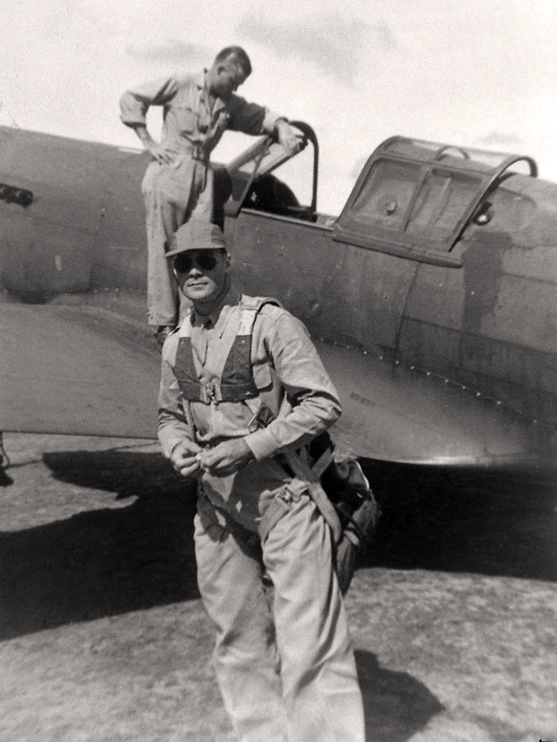
Project 914 Archives (B.Wolf collection) -
Larger Image
20th Pursuit Squadron pilots next to a P-40B at Clark Field, August 1941.
Left to right:
2Lt. Parker Gies, 2Lt. Max Louk, 2Lt. Erwin Crellan, 2Lt. Varian White.
Though constituted that same month, the 24th Pursuit Group would not be activated
until October, so at this point the 20th PS was still part of the 4th Composite Group.
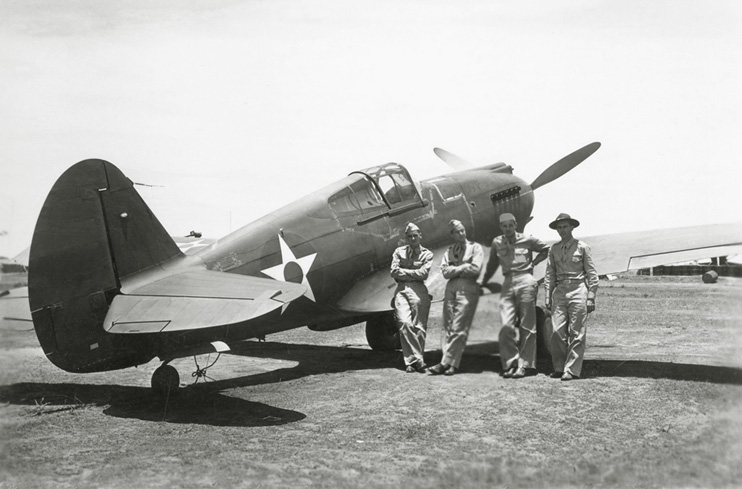
Project 914 Archives (B.Wolf collection) -
Larger Image
I have conflicting info concerning the incident that led to this pranged Hawk. The pilot
was apparently 2Lt. John Geer of the 20th PS, and the location Clark Field. The ship is either
P-40B 41-5270 or 41-5276, and the date either July 30th, 1941 or September 3rd, 1941. One
source states that this was a dead-stick landing after a mid-air and another source
states that the mid-air involved P-26A 33-111. More digging is required on this one...
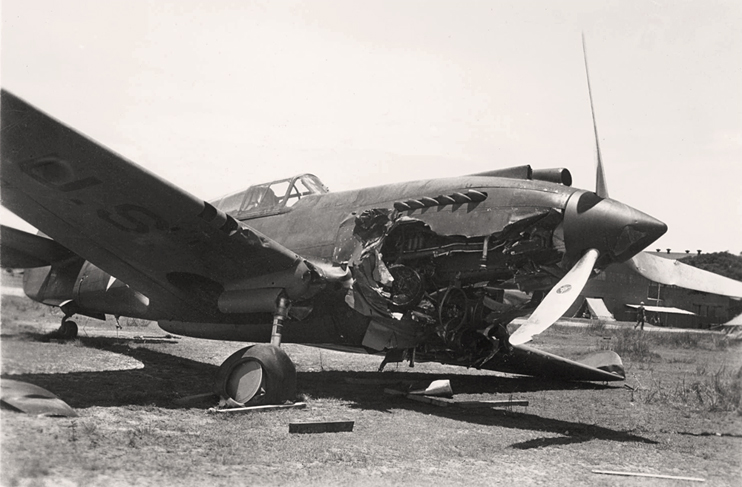
Project 914 Archives (B.Wolf collection) -
Larger Image

Project 914 Archives (B.Wolf collection) -
Larger Image
Again, no info on this oopsie...
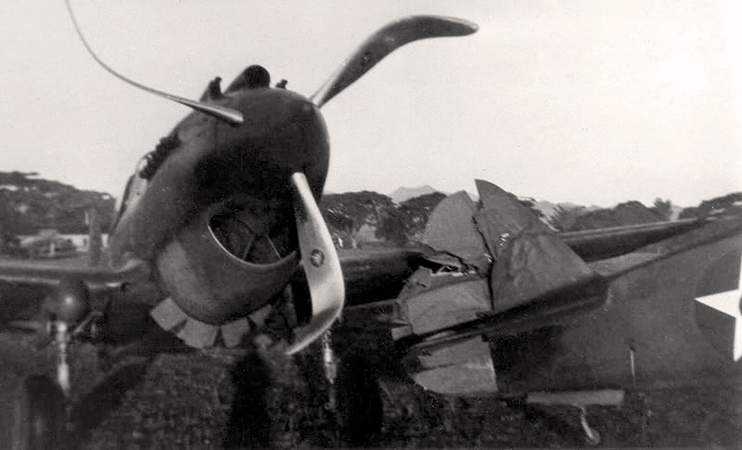
Original Image Posted on the Corregidor - Then and Now Forums by 'batteryboy' -
Larger Image
P-40Bs on patrol over the Philippines, October 1941.
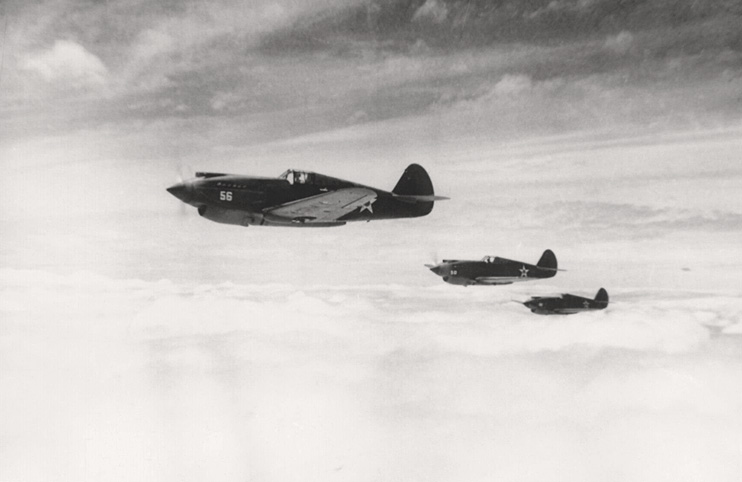
Pima Air & Space Museum -
Larger Image
P-40Bs at Clark Field during October of 1941.
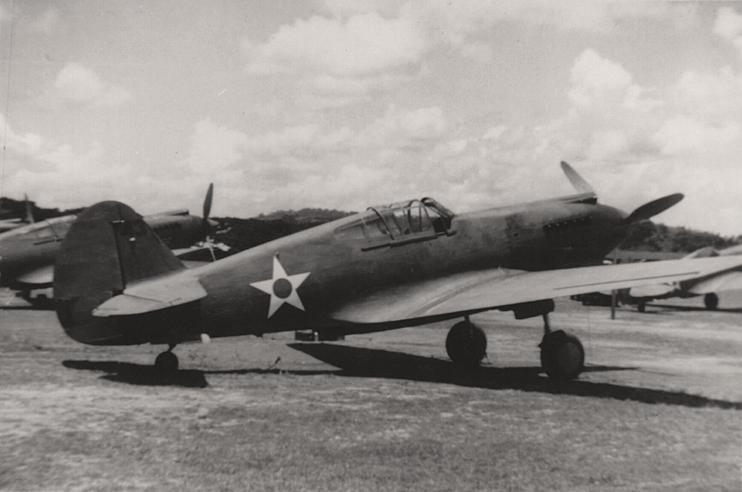
Pima Air & Space Museum -
Larger Image
November 1941... a line of P-40Bs receiving a bit of TLC.
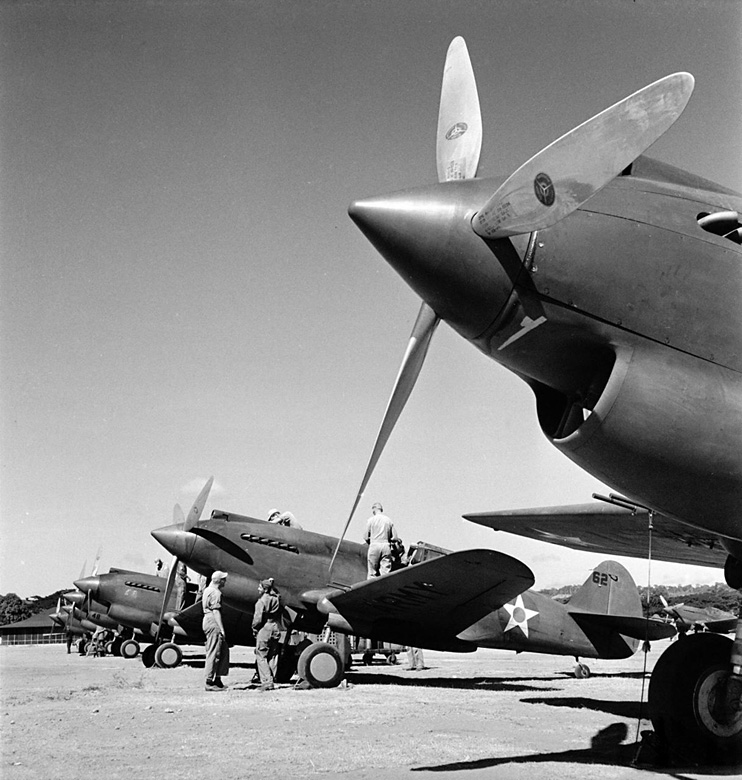
LIFE photo archives (Carl Mydans photo) -
Larger Image
Another view of the second ship in line (#62) from the above photo...
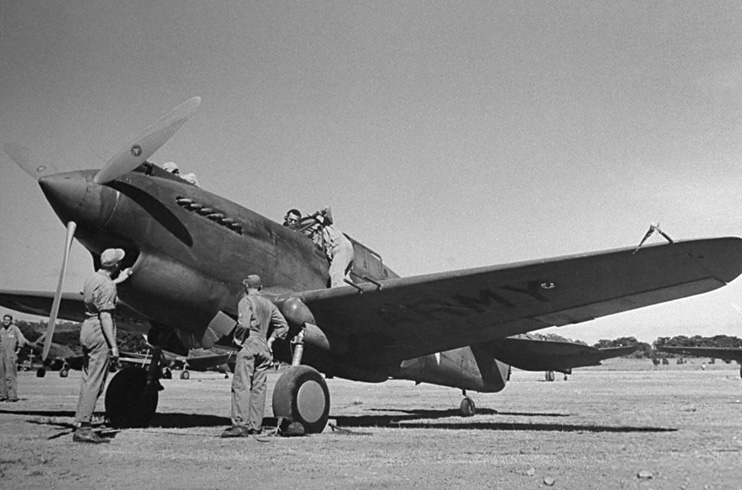
LIFE photo archives (Carl Mydans photo) -
Larger Image
More TLC for a pair of P-40Bs and a P-35A, this time in the relative comfort of a hangar.
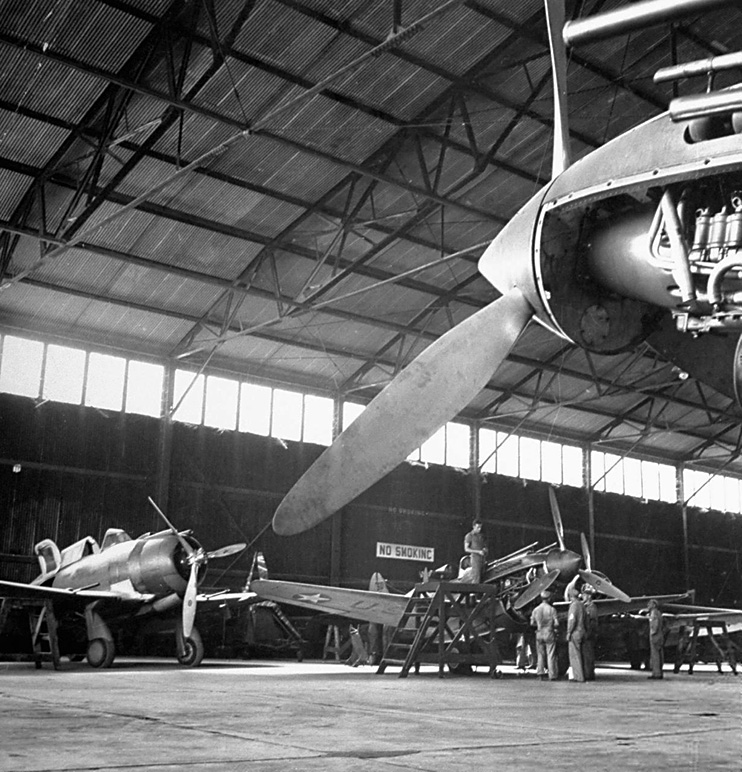
LIFE photo archives (Carl Mydans photo) -
Larger Image
Scenes such as this one, showing an abandoned P-40E at Nichols Field, stripped of her guns
and other salvageable equipment, became increasingly common as the campaign in the Philippines
wore on. This photo was taken after the Japanese had captured Nichols in January of 1942.
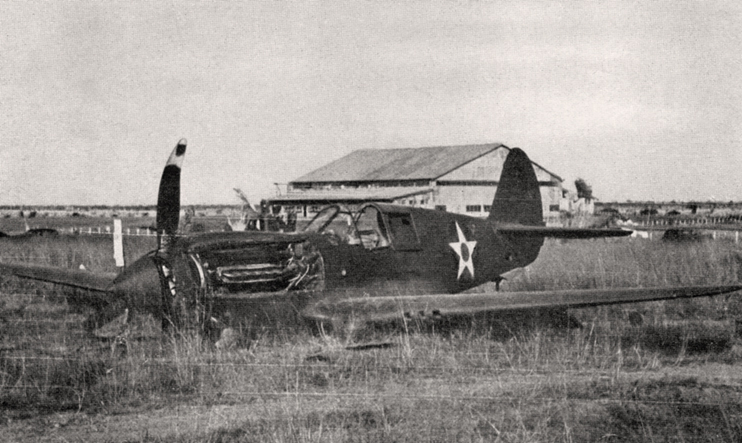
Project 914 Archives (B.Wolf collection) -
Larger Image
Back to 'USAAF'










